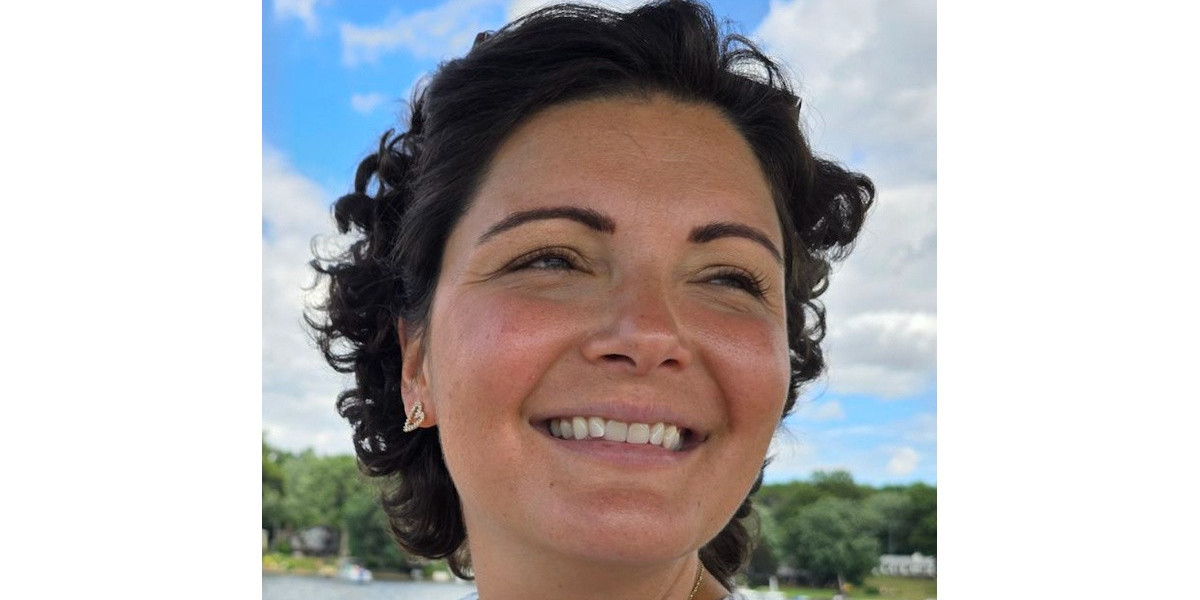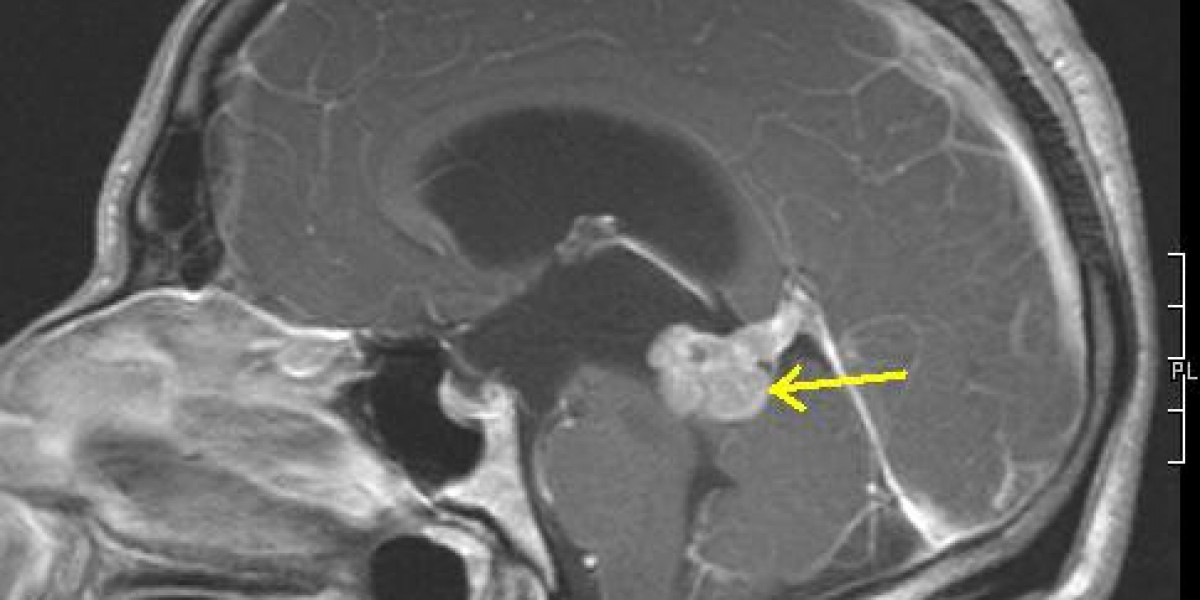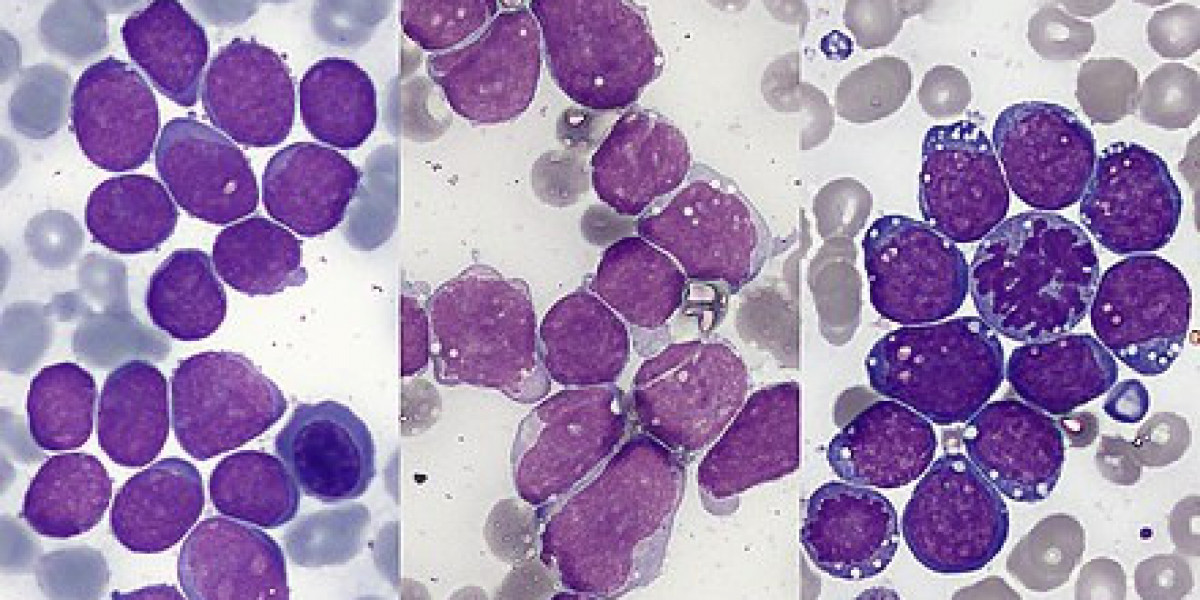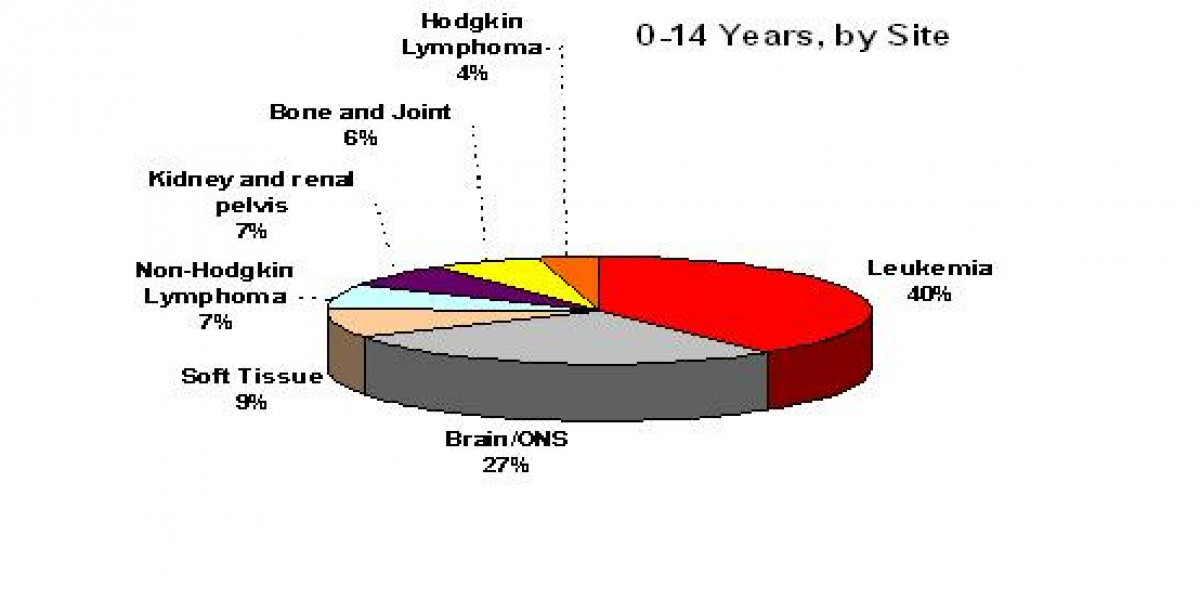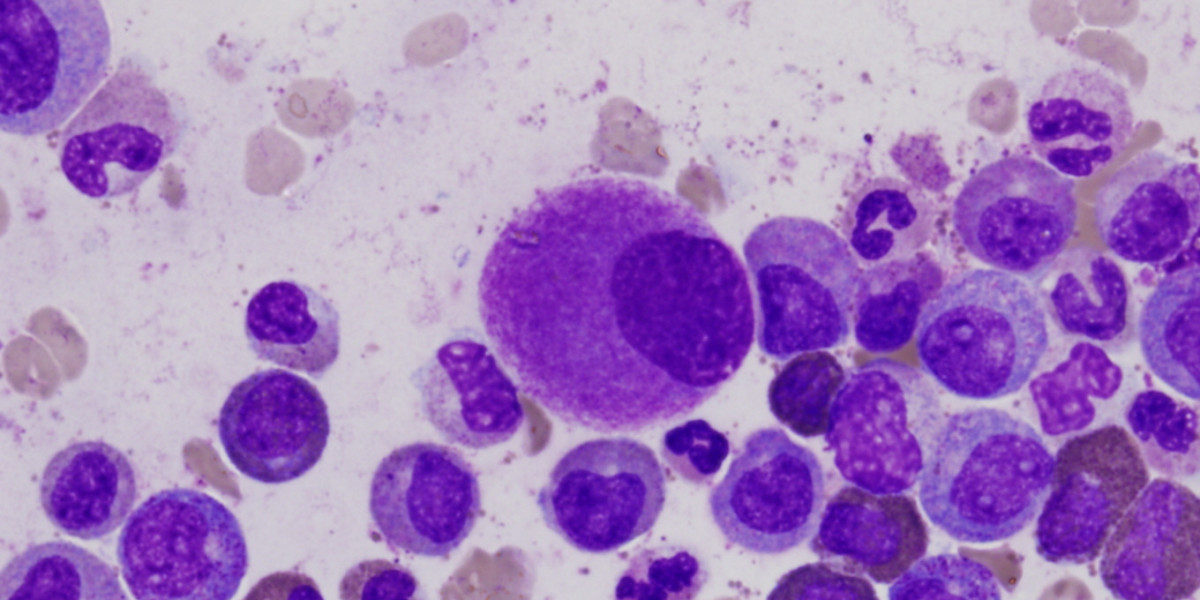News>New cancer drugs offer fresh hope with a side of new issues to manage | ASCO 2025
Research points to new ways to manage side effects that come with advances in cancer treatments.
Whether the goal iscureor delaying cancerprogression, cancer treatment can cause a variety of side effects. These range in severity from barely noticeable to very burdensome and occasionally even life-threatening.
As new therapies have enteredclinicalpractice in recent decades, physicians and their patients with breast cancer consider all options and collaborate on a treatment plan that balances the risks and benefits. For some people with cancer, the fear of treatment is as daunting as the disease itself: Will the treatment work and at what cost?
In a session at the 2025 annual meeting of the American Society for ClinicalOncology, expert physicians provided insight into the evolving landscape of breast cancer treatment side effects and how to manage them.
Examples:Datopotamab deruxtecan(Datroway),trastuzumab deruxtecan(Enhertu),ado-trastuzumab emtansine(Kadcyla), andsacituzumab govitecan(Trodelvy)
Antibody-drug conjugates (ADCs) have transformed treatment, providing hope to many people with cancer. Fifteen ADCs are approved for use in various cancers, and at least 150 more are being studied. This unique class of drugs comes with an unexpectedside effect–eye and vision problems.
Tiny, cyst-like structures on the surface layer of the eye, called corneal pseudomicrocysts, can form where the blood vessels meet the cornea. They often develop within a few weeks of starting an ADC in as many as 70% of people taking these medicines. The symptoms include blurry vision and eye pain.
At their worst, these can be extremely hard to tolerate and lead todosedelays, dose reductions, or stopping the drug altogether. This side effect is reversible, but it can take up to six months to go away. It is a common side effect of datopotamab deruxtecan (Datroway), which was recently approved formetastaticHR+, HER2- breast cancer. It happens less often withtrastuzumabderuxtecan (Enhertu), ado-trastuzumab emtansine (Kadcyla), and sacituzumab govitecan (Trodelvy).
Ophthalmologists and oncologists have worked together over time to develop a system togradeand screen for cancer treatment-related vision side effects. To avoid delays in care, eye doctors at the University of California at San Francisco routinely bring eye exams to the oncology clinic,screeningmultiple patients at a time.
Examples:Tamoxifen, anastrazole,exemestane,letrozole
The side effects ofhormonal therapycan be especially troubling for younger people withearly-stage breast cancerwho stay on themedicinefor a long time.
As breast oncologists focus more onquality of life, new tools such as these become available to help people feel better.
Skin side effectsare associated withimmunotherapy, ADCs, and therapies that target certain biomarkers orgenechanges in breast cancer cells, such asHER2, PI3K, AKT and TROP. Most skin side effects respond totopicaltreatments, especially when caught early. Dermatologists can be helpful in providing accurate diagnoses and treatments. A short break from treatment is sometimes needed.
Cardiac side effectsare less common but demand immediate attention when they do occur. Oncologists have become more aware of heart complications in recent years and increasingly consider the risk in treatment planning, especially when immunotherapies or targeted therapies may be used. It is important to monitor for heart-related side effects in all patients, but even more so in older people who may already have higher risk of heart disease based on age or other factors.
All side effects are better managed with strong doctor-patient communication before and during treatment, early identification, and involvement of specialists as needed.
Recently diagnosed
Receiving a breast cancer diagnosis can be disorienting. Learning about your diagnosis and treatment options can bring a greater feeling of control.
Treatment for metastatic breast cancer
The goal of metastatic breast cancer treatment is to manage the disease while limiting side effects. Learn about available treatments and when they are used.
Clinical trials for MBC
There are many reasons you might change treatments for metastatic breast cancer. If you and your doctors find that one medicine isn’t right for you anymore, you’ll talk about other therapies that are available.
FDA approval programs
Studying medicine effects takes years. FDA reviews extend the process, but offers programs to expedite vital medicines for those in need.
Biosimilars
Biosimilars are a new type of medicine made by copying brand-name biologics. Biologics are medicines made from living cells, rather than chemicals.
Menopausal symptoms
Some treatments can cause temporary or permanent menopause. If you went through menopause before treatment, treatment can sometimes bring new symptoms.
Immunotherapy
Immunotherapy is the use of medicines to help the body’s own immune system recognize and destroy cancer cells.
Treatments
Surgery, radiation, chemotherapy, hormonal therapy, targeted therapy, immunotherapy, breast reconstruction. Today, breast cancer treatment is more complicated than ever. We're here to help.
Breast cancer treatment timeline
Breast cancer treatment can vary greatly from person to person. Learn more about the average timelines for diagnostics, testing, treatment, and recovery.
Metastatic breast cancer side effects
The side effects of metastatic breast cancer can develop due to various treatments. Learn more about how to manage side effects and improve your quality of life.
Our 2025 ASCO coverage
Watch our recap!
Board-certified hematologist/oncologistNan Chen, MD, shares the latest in medical breast cancer research at this year's ASCO Annual Meeting and how this news may impact you, in conversation withCaroline Koffke, RN, BSN, OCN, Director, Educational Programs of Living Beyond Breast Cancer.
Related blogs
Sign up to receive emotional support, medical insight, personal stories, and more, delivered to your inbox weekly.
We'll send support straight to your inbox.
Jamie Kudera
Tagged:
Was this page helpful?
Living Beyond Breast Cancer is a national nonprofit organization that seeks to create a world that understands there is more than one way to have breast cancer. To fulfill its mission of providing trusted information and a community of support to those impacted by the disease, Living Beyond Breast Cancer offers on-demand emotional, practical, and evidence-based content. For over 30 years, the organization has remained committed to creating a culture of acceptance — where sharing the diversity of the lived experience of breast cancer fosters self-advocacy and hope. For more information,learn more about our programs and services.
Living Beyond Breast Cancer
40 Monument Road, Suite 104
Bala Cynwyd, PA 19004
©2025 Living Beyond Breast Cancer
Originally published on The Patient Story: https://www.lbbc.org/news/new-cancer-drugs-offer-fresh-hope-with-a-side-of-new-issues-to-manage-asco-2025


